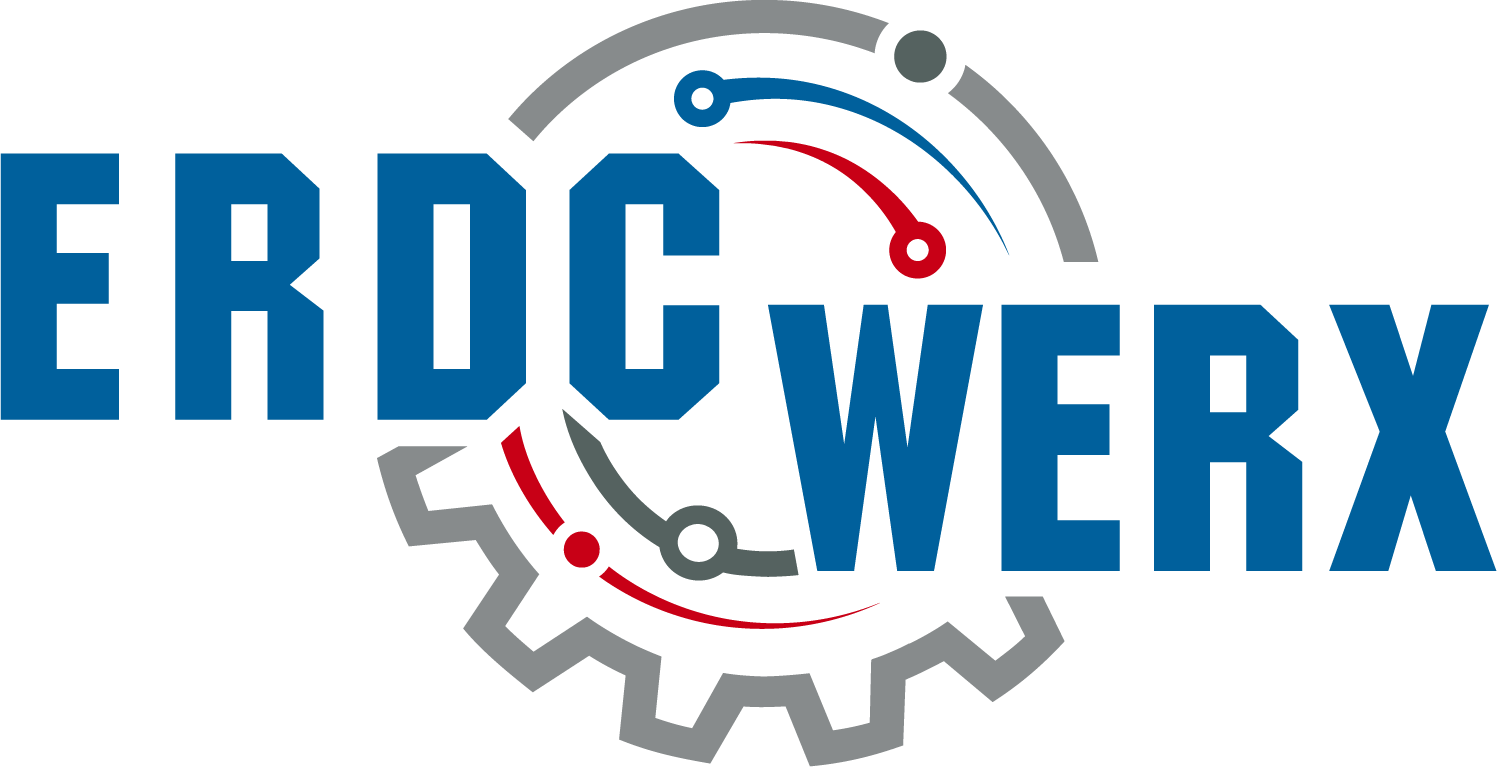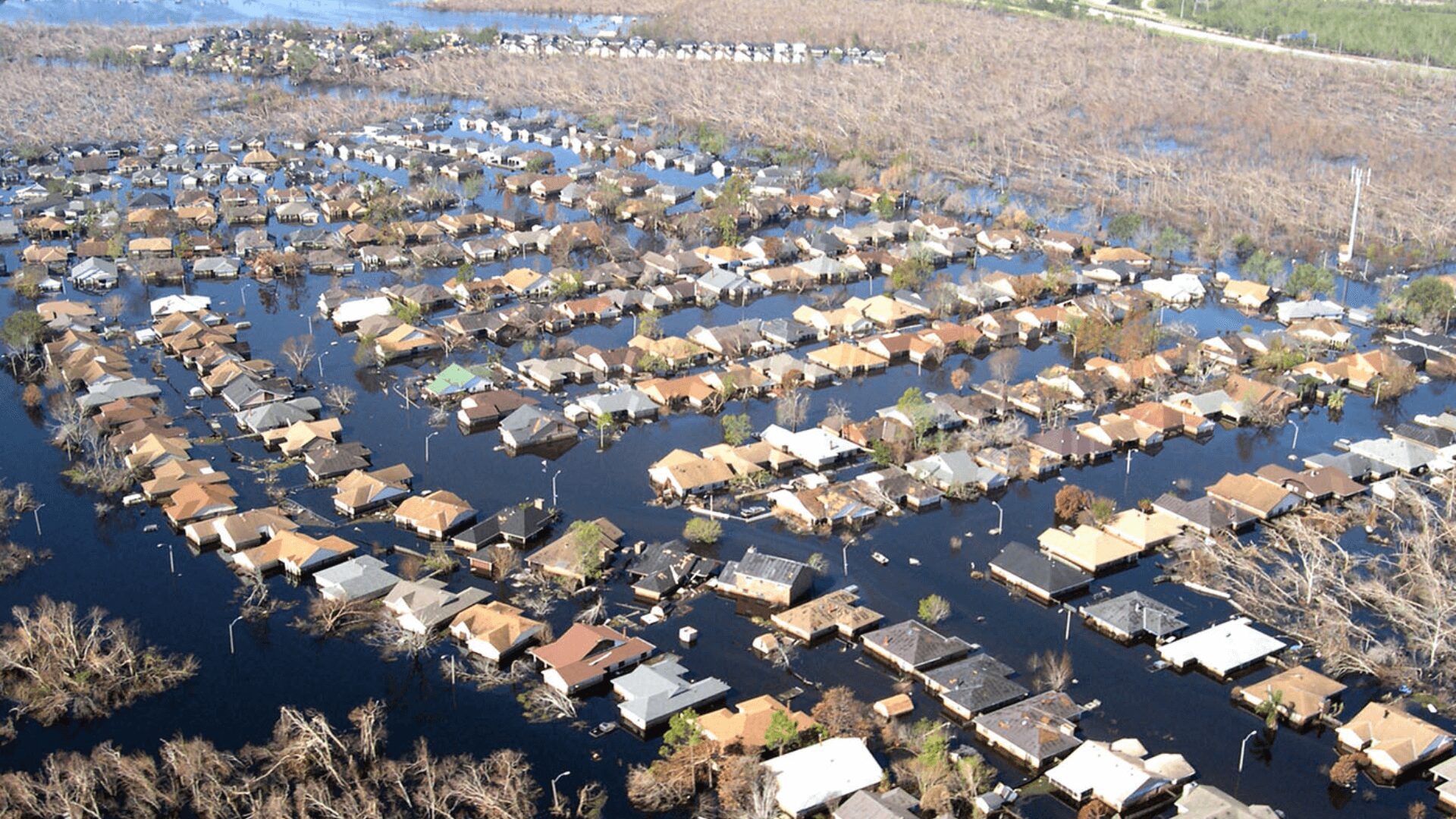Overview
The U.S. Army Corps of Engineers (USACE), Engineer Research and Development Center (ERDC), is seeking insight and expertise from leading industry professionals with proven applicable experience in innovative approaches to repurposing existing automated modular tunnel technologies and processes for large-scale water conveyance systems as alternatives to traditional methods. This new capability should reduce costs and save lives while avoiding significant environmental and real estate acquisition challenges.
Project Objective
The objective of this project is to identify leading industry representatives to participate in a collaborative workshop with subject matter experts (SMEs) on the viability of automated modular tunnel technologies to be used as an effective/efficient alternative to conventional water conveyance methods for flood risk management.
Project Manager
U.S. Army Engineer Research and Development Center (ERDC) in support of the U.S. Army Corps of Engineers (USACE)
Background and Operational Scenarios
Current water conveyance systems rely heavily on conventional construction methods, which may be limited by factors such as installation speed, cost, material resilience, and adaptability to diverse operational scenarios. USACE is interested in exploring the viability of automated modular tunnel technologies for flood risk management.
Requirements
USACE invites white papers that describe conceptual methods for using existing automated modular tunnel technologies for large-scale water conveyance systems in lieu of conventional methods.
Proposed solutions should:
- Fully describe the concept, its installation methodology, key technical processes, accuracy, advantages, appropriateness for application, and any limitations
- Describe any advantages or disadvantages this concept has over conventional methods (e.g. speed, cost of construction, maintenance, or replacement schedule).
- Address the Technology Readiness Level (TRL) of the concept and fully describe any modifications needed to commercially available technologies/methods for the application
- Typical timeline for each step of tunnel construction (e.g. any necessary site prep or excavations, mobilization/de-mob, annular space grouting, final tunnel liner fitment, etc.)
- Fully describe previous installation experience of large-scale water conveyance systems, including current condition, method of assessment, and length of time in place
- Accuracy of installation (ensuring accurate tunnel alignment/slope to control gravity fed water flows)
- Technology resilience (hold up variety of geologic stresses (vibrations or liquefaction, etc.) and dynamic stresses without leaking
- Describe how technology’s cost-effectiveness could be used to optimize redundancy vs. costs.
Particular attention should be given to:
- The accuracy of tunnel installation alignment/slope necessary to provide gravity flows of water (without bellies/sags), and relative costs
- The ability of the tunnel support system to withstand loading during installation and long-term operational loads (i.e. flow-induced vibrations and geologic effects, etc.) and relative costs
- The ability of the tunnel to be sealed from water intrusion and water leakage and relative costs, even under positive pressures or vacuum, such as from pressurized water or siphon conditions
- Any length, depth, diameter, proximity to nearby tunnels, geologic strata, or other parameters that pose limitations of the conceptual method
- Conceptual applications should consider tunnel inside diameters of 10 feet and greater, potential use of multiple adjacent tunnels, tunnels that are fed by pressurized pumps, tunnels that span miles.
Estimated Government Funding Profile
This is a Request for Information (RFI) only and any response is not an offer. This announcement does not commit the Government to pay any costs incurred in preparation of a response or guarantee a contract.
Estimated Period of Performance
From point of selection to presentation at workshop
Expected Result
Down-selected parties of this tech challenge may be invited to participate in a collaborative in-person workshop. This workshop will evaluate the feasibility of automated modular tunnel technologies to be used as an effective/efficient alternative to conventional water conveyance methods. In the event of travel restrictions, the workshop may be held virtually.
Participants will include government scientists and engineers, academic SMEs, and down-selected industry participants.
A one-day workshop will include:
- Discussions on the state of automated modular tunnel technology, current limitations, advantages, disadvantages, and any barriers to immediate application for water conveyance usage.
- Barriers identified will be discussed along with approaches to rapidly overcome these barriers through research, development, testing, or evaluation, with priority given to ideas that have the highest advantages for the least continued development effort.
Findings of this workshop will be documented through a special report.
Submissions may be shared as appropriate with other government stakeholders. The government has the authority to decline all submitted proposals.
Evaluation Criteria
The following metrics will be evaluated on a 1 to 5 scale to determine an overall score for each submission. Submitted white papers will be evaluated alongside the company information to select companies for the next phase. Submissions will be evaluated based on the following criteria:
- Completeness of Idea
- 1 – vague with no details
- 5 – fully described with all relevant technical requirements
- Prototype/Demo – Technology Readiness Level
- 1 – TRL 4 or earlier, not available without substantial research
- 5 – TRL 8-9, ready for immediate use for applications of interest
- Relevant Experience of Submitting Company to Provide Expertise in Technology for this Application
- 1 – no experience with building or designing tunnels
- 5 – completed multiple large-scale modular tunnel constructions
- Limitations
- 1 – technology will not function for conceptual application
- 5 – no limitations on technology use for conceptual application)
- Advantages Over Conventional Methods
- 1 – technology has no advantages
- 5 – technology has substantial cost/time savings or other advantages detailed fully in paper)
- Accuracy of Installation
- 1 – no means of ensuring accurate tunnel alignment/slope
- 5 – construction method allows highly precise alignment and slope to control gravity fed water flows
- Technology Resilience
- 1 – technology not likely to hold up under high geologic stresses, vibrations, or liquefaction or highly likely to leak
- 5 – technology highly resilient to variety of geologic and dynamic stresses without leaking
Notional Project Schedule
Proposed project milestones include:
| October 31, 2025 | Project Announced, Submissions Open |
| November 10, 2025 | Question Period Ends, FAQ Document Finalized |
| November 19, 2025 | Submissions Close (Deadline Extended) |
| November 17-28, 2025 | Review Period, Virtual Pitch Hosted (if needed) |
| December 2025 | Downselected Offerors Notified of Potential Next Steps |
| December 1-12, 2025 | Workshop (specific dates and location TBD) |
*Dates may vary to accommodate the project team and participant availability. The government may accelerate the pre-proposal review/feedback timeline, and therefore also require earlier delivery of full proposals.
How to Participate
- Submit specific details by providing a white paper (download template)
- Review FAQs
- Once solution is ready to submit, complete the submission form
Questions: Please send all technical and administrative questions using this form. Q&A will be updated periodically. It is the responsibility of the offeror to review Q&A prior to submitting.


